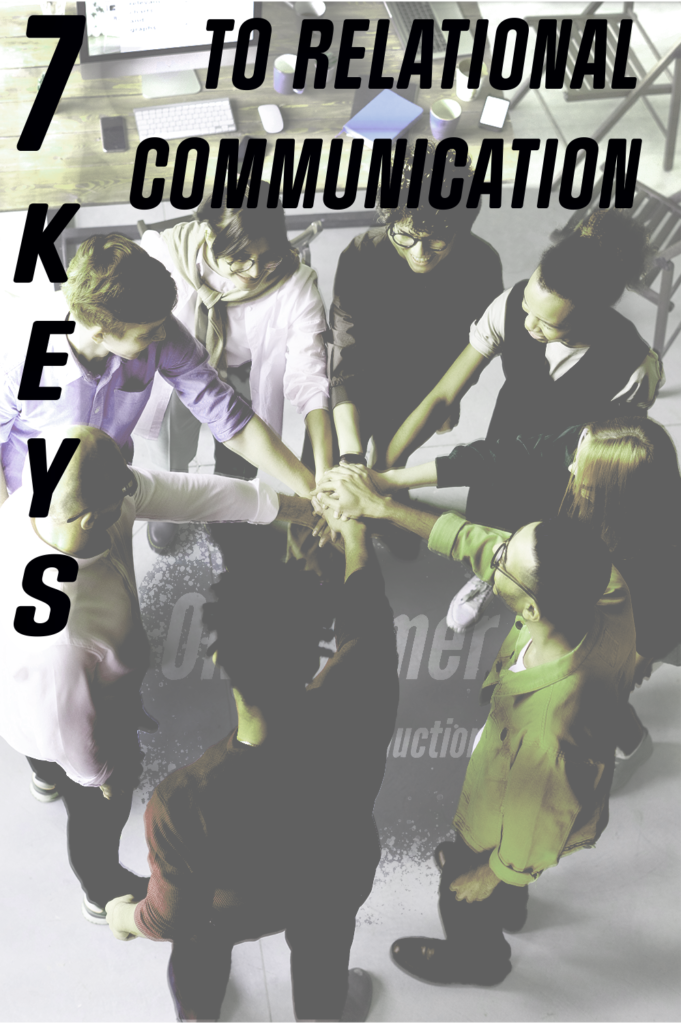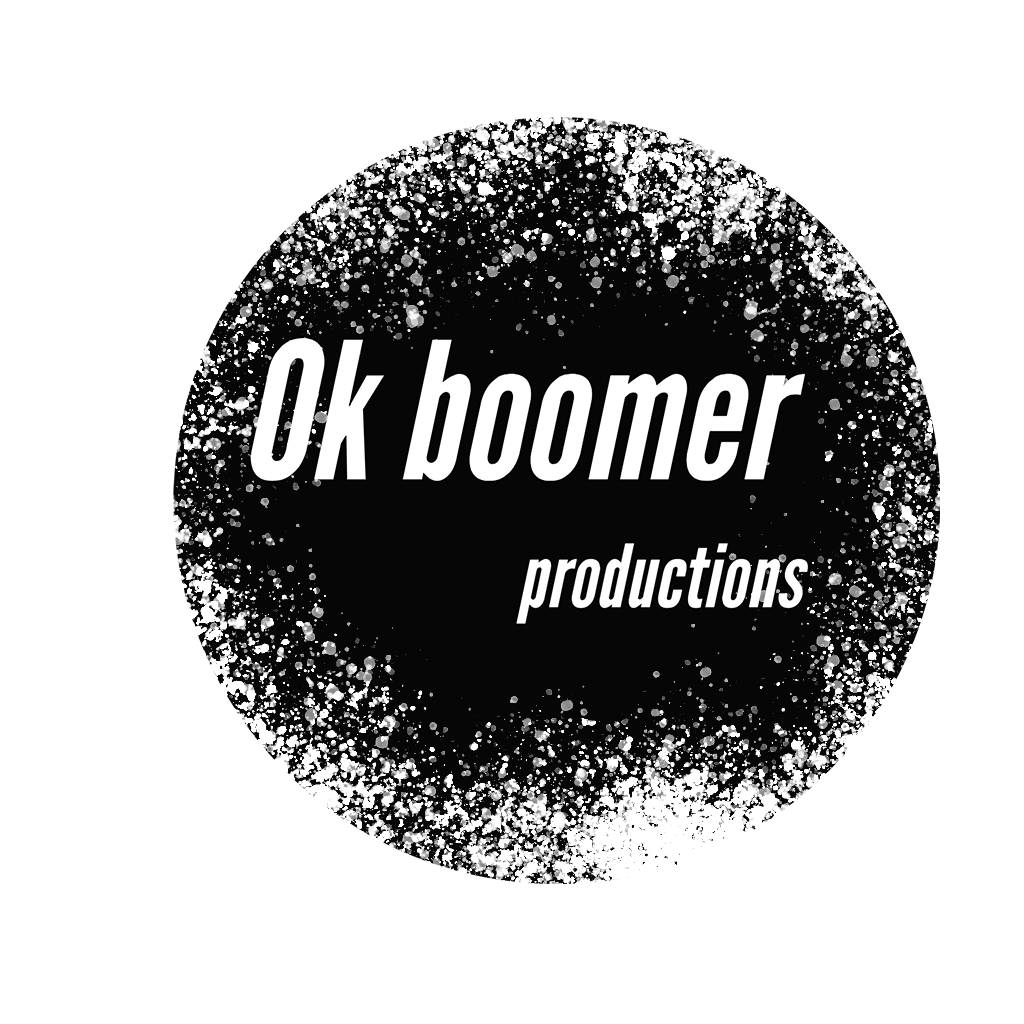

lets get relational
One of the most important competencies for leaders is the ability to excel within the one-to-one relationship. “Leadership in the one-to-one context presents the most intriguing opportunity for immediately and directly impacting employee performance, employee engagement and work passion, culture, and organizational results” (Zigarmi et al). Here are 7 keys to help you communicate in a way that strengthens those one-to-one relationships.
Give People Choices
Communicating direction encompasses a fraction of a leader’s communicative agenda, but the information will not produce engagement if it is not delivered strategically. When someone has a choice they are forced to engage. An action is required on their part. The action of a leader communicating direction and the reaction of the receiver engaging in choice creates a relational dynamic.
Use “Noncontrolling” Language
Noncontrolling language invites a perception of choice. You want people to do what you say, but they already know that. “Leaders need to be aware of the temptation to fall into pride, hubris, and narcissism” (Zigarmi et al). Re-affirming your authority in every conversation/meeting is not necessary. Instead of- “I want you to do it this way”, try- “can we try it this way and see if it helps?” Again, you are giving them a choice and realistically the choice is “be subordinate or don’t”. See, nobody took your authority away.
Create a Space for Idea-sharing
Leaders should have planning meetings and give individuals a chance to share their own ideas. Planning meetings will also give the leadership team a chance to gauge the commitment and attitudes of the team. When this is done on a regular basis (and strategically), it will only make your job easier and could contribute to innovative processes.
Share Ownership
When communicating actions and delegating responsibilities, leaders should frame this information with an implied purpose of benefiting the whole. Team members can see a broader value in their work that exceeds just “doing what the boss wants.” They want to know that their personal goals are relevant to organizational success. When an individual feels their work is worthwhile, they engage in an ownership of the outcomes of their work because they engage in ownership of the organization itself. “Leaders erode a person’s sense of competence by focusing on performance outcomes at the expense of learning outcomes” (Zigarmi et al.). The sense of competence determines whether or not we feel needed by the organization. When leadership is rooted in synergism, not individualism, it becomes strategic and presents a plurality of ownership of both outcomes and organizational health.
Talk About Your Mistakes
From the outside looking in, the leader may seem like the hero and the sole proprietor of organizational health, but the strategic leader uses those around them. Because of the slippery slope into arrogance and self-elevation, the need for relational communication is a paramount competency. For the leader, part of that communication may include vulnerable honesty about one’s own faults, insecurities, and mistakes.
Continue Your Own Education
Most leaders lack the experience in building relationships in a short period of time (8 hours per day, 40 hours per week). “Leaders need to be educated on how to nurture people’s optimal motivation through their satisfaction of three basic psychological needs for autonomy, relatedness, and competence” (Zigarmi et al). The lack of education and experience may be the biggest challenge. Leadership is about more than giving direction and getting people to do things the leader’s way.
Strategic Repetition
The vision of the strategic leader is the guiding force of operations, while the strategy encompasses the understanding that all individuals (not just managers) must buy into the vision. The smartest move in the process is to embrace the need for open and honest communication. Honesty is earned through relationships and meaningful interactions. The leader must communicate his or her vision, and then listen as to how it is received, then re-communicate considering what is learned. Over and over again the communication becomes more precise because the language is targeting the passion and engagement of those involved.
In conclusion, competent and leaders produces results by engaging those involved. Few competencies have an impact on employee engagement and the overall cultural landscape of an organization like relational communication.
References
Wackerbarth, S.B., Strawser-Srinath, J.R., & Conigliary, J.C. (2015). The human side of lean
teams. American Journal of Medical Quality, 30(3), 248-254
Wang, V. C. X. (Ed.) (2018) Strategic Leadership, Charlotte, NC: Information Age Pub.
Ziarmi, D., Roberts, T.P, Shuck, B., & Fowler, S. (2018). Toward a new curriculum of leadership
competencies: Advances in motivation science call for rethinking leadership development. Advances in Developing Human Resources, 20(2), 182-196
